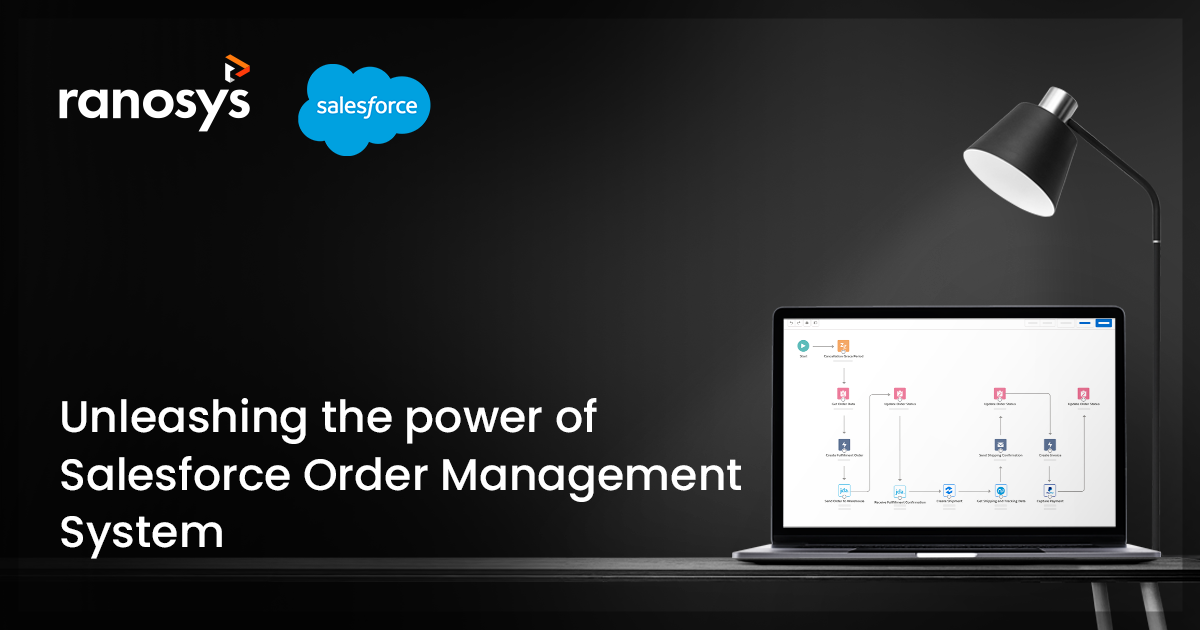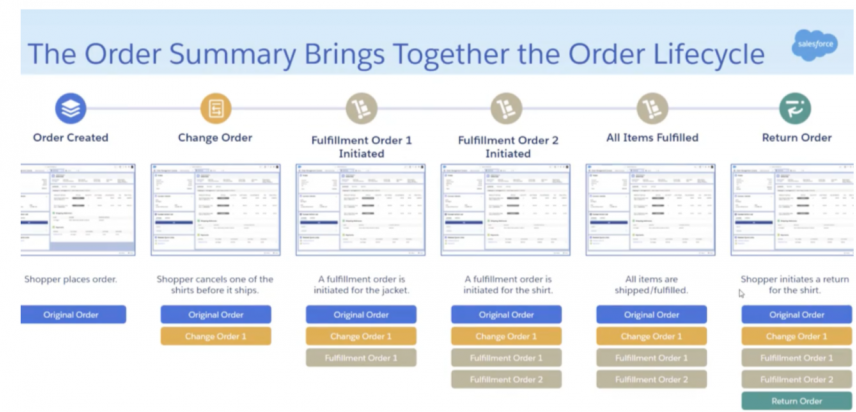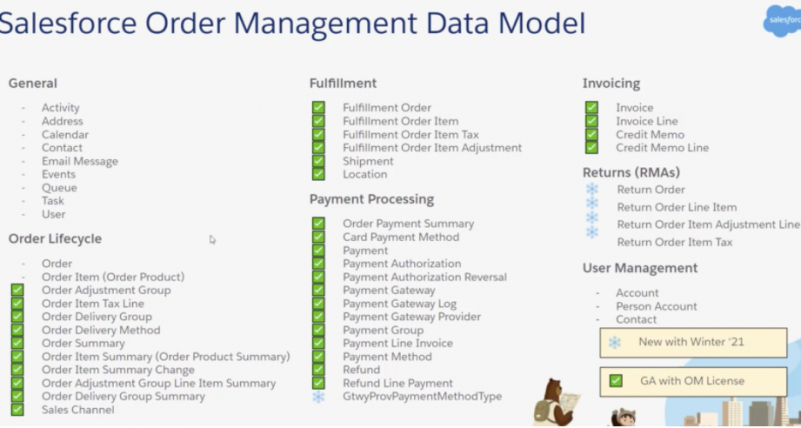The Salesforce Order Management System is the heart of Commerce Cloud, handling everything from processing orders, accepting payments online, communicating with suppliers, tracking orders, coordinating shipment schedules, and processing returns. When integrated with customer service, it can help retailers assist customers when they need it, preventing delays in the ordering process and enabling full order transparency, quick shipping, and timely delivery.
In times of digitization, customers want the entire buying process to work seamlessly from the moment of checking out till the time retailers receive the order. There is a stark change in customer expectations with an increasing demand for fast and easy shipping, hassle-free returns, and order tracking to know exactly where orders are and when it will be delivered. Apart from order processing, OMS also integrates customer-facing systems to positively impact the post-purchase experience, including ERP, CRM, sales, service, and commerce.
Salesforce Order Management System is central to the overall customer experience. It can make or break a brand’s relationship with the customer.
Why Salesforce Order Management System?
If you are in the digital retail business, OMS is really important. Below are few of the challenges that OMS can easily counter:
- Automating manual order processing that can be tedious, time consuming, and expensive
- Coordinate orders and inventory across multiple channels
- Manage shipping schedules & complex orders
- Streamlining order fulfillment process
- Provide reports and analytics for better decision-making
How to decide on an OMS?
Every business is different and has different processes and needs. It is very critical to decide which OMS suits your organization. Here are some of the pointers which may help to decide:
- Identify the pain points of the current Order Management System. Is it disparate? Are your systems not connected together, hampering gaining a holistic view of data? Are there any shipping delays, order cancellations issues or return process glitches due to which customer experience is getting hit and brand image is getting spoiled?
- Define the objectives of what you want to achieve from the new OMS implementation which should be scalable and flexible.
- OMS shall be capable and accept orders from multiple channels, route orders from fulfillment centers based on proximity, update on inventory levels, track orders online for the customers, provide a self-service option to customers for cancellations/return. Basically provide a unified experience for you and your customers.
Journey of an order
Typical order flow or journey looks like below and the questions that can be asked to understand order processing from the time it is placed for a better for an effective solution.
Order Capture
- What are the most popular channels through which orders are placed by your customers?
- Is an order placed from a storefront or any third-party channels as well?
Order Fulfillment
- Do you have any warehouse management system/inventory system in place?
- Does it integrate with other systems for order fulfillment?
- How do you check the availability of products in the warehouse or the store or the nearest store to fulfill the order?
Order Deliver
- For the product shipping, are there any systems in place for the integration? Or is it done via ERP?
Return/Cancellation
- What is the return/cancellation process and policy?
Payment
- What are the most-desired payment options by your customers?
- How do you process product refunds or partial payment for half of the cancelled order?
Salesforce Order Management System (SOM)
Salesforce Order Management System (SOM) possesses all the typical OMS features and more. It acts as standalone OMS and can be easily deployed alongside any number of complementary cloud products from Salesforce. SOM is pre-connected to Commerce Cloud and natively supports Sales and Service Clouds as well because they are the offerings of the same platform, Salesforce.
Order vs Order Summary
Order represents the customer intent, order creation, and order changes and is immutable upon activation. Order Summary is what we deal with the most, it presents the current state of order, including fulfillment orders, change orders and returns. Order summary gets updated upon any change while order remains the same.







